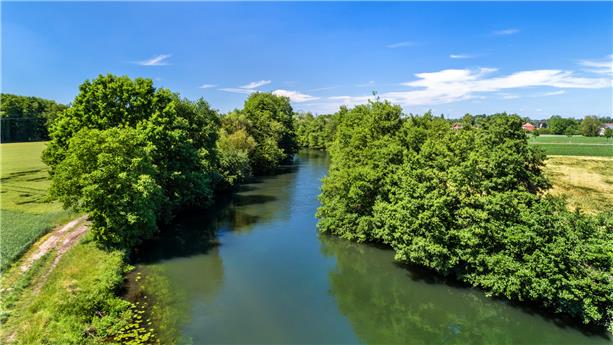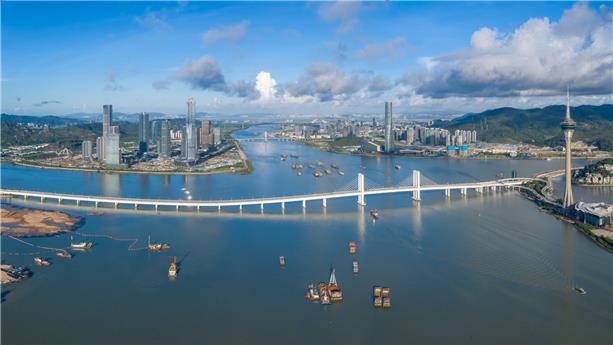
Adapting to climate change calls for integrated and sustainable water management
The consequences of climate change on the water cycle are already a reality: extreme rainfall, storms, as well as periods of drought and heatwaves are now more frequent and more intense. This year, the European Sustainable Development Week was an opportunity to highlight the key issue of adaptation to climate change, particularly the impacts on water management.
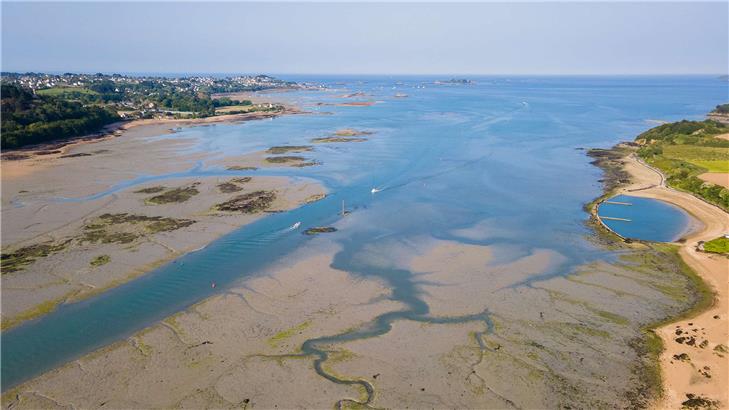
A natural water cycle increasingly disrupted
Between 2001 and 2018, more than 70% of natural disasters worldwide were water-related, notably floods or droughts. While these events are not new, their frequency and intensity are increasing. According to the World Meteorological Organization, 2024 marks the sixth year in a row showing an erratic hydrological cycle.
According to scientists, globally, heavy precipitation will intensify by approximately 7% for every degree of global warming. At the same time, demand for freshwater could exceed available resources by 40% as early as 2030. Climate change could also have a lasting impact on the quality of these resources by altering water temperature or increasing pollutant concentrations due to reduced dilution.
A critical resource that must be central to adapting to climate change
In light of these findings, preserving freshwater resources is more than ever a priority for local territories. Indeed, it is at the local level that solutions must be implemented.
Water must therefore be placed at the heart of all climate change adaptation strategies - for both public and private stakeholders.
Access to a reliable water supply is not only vital for populations and social cohesion, but it also underpins the development of agriculture and industry.
A coordinated and structural approach to water management is essential at the local level to anticipate crises and prevent conflicts over water use among different stakeholders.
It requires the involvement of all parties — public authorities, local governments, associations, businesses, and citizens — as it is a key condition for collective resilience.
Proven solutions to strengthen water resilience
Adapting means managing the inevitable, dealing with the uncertainty caused by a disrupted water cycle and impacts that are already very real. Actions can already be implemented at every stage of the water cycle.
- Conduct a territorial diagnosis to understand the risks it faces, its vulnerabilities, and better grasp the impacts of climate change on local water resources. This is, for example, the purpose of the Climatics solution developed by SUEZ’s Consulting teams, providing tailored support to territories in their adaptation strategies.
- Preserve groundwater through Managed Aquifer Recharge. This solution, inspired by the natural water cycle, involves introducing freshwater into an aquifer to restore or increase the available water volumes and/or preserve water quality. It is implemented, for instance, in Hyères as part of the Aqua Renova program, to better manage groundwater withdrawals on the island and restore the alluvial aquifer of Bas-Gapeau. This project, along with the modernisation of the distribution network, has enabled the city to regain 88% water self-sufficiency.
- Strengthen the fight against leaks in water networks. Globally, 30% of produced drinking water is lost in distribution networks. Today, digital solutions, particularly Artificial Intelligence, are leveraged to better detect leaks, repair them more quickly, and even anticipate them by acting before network breaks occur. In Macao, one of the most densely populated cities in the world, our digital solutions have helped reduce the drinking water network leakage rate to 7.7%, well below the Asian average.
- Mobilise alternative resources to limit freshwater withdrawals, such as wastewater reuse or seawater desalination. Treated wastewater can be a sustainable, reliable alternative resource for non-potable uses — for example, street cleaning, agricultural irrigation, and industrial processes. The future Haliotis 2 wastewater treatment plant in Nice will recycle 5 million m3 per year, covering all the city’s needs for green space irrigation and street cleaning. Seawater desalination is another alternative resource that can be used continuously to produce drinking water in regions severely affected by water stress or serve as a backup resource during droughts. It can also supply water for industrial uses.
- Prevent risks through digital solutions and Nature-Based Solutions. By relying on meteorological data, sensor information from sanitation networks, and artificial intelligence algorithms, it is possible to anticipate and prevent the impacts of heavy rainfall on sanitation systems and optimise the use of network storage capacity. Digital solutions also help forecast marine submersion risks along coastlines.
Finally, the natural functioning of ecosystems can be a source of inspiration to strengthen a territory’s capacity to withstand extreme climatic events. For example, restoring riverbanks to prevent flooding, rehabilitating mangroves to reduce storm impacts on coasts, or creating wetlands to regulate floods.
While there is no one-size-fits-all solution, each of these measures can be integrated into a long-term strategy to preserve water resources and strengthen the resilience of regions in the face of climate change.
A few concrete examples

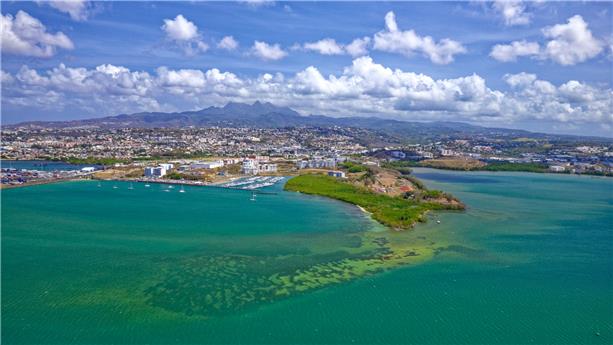
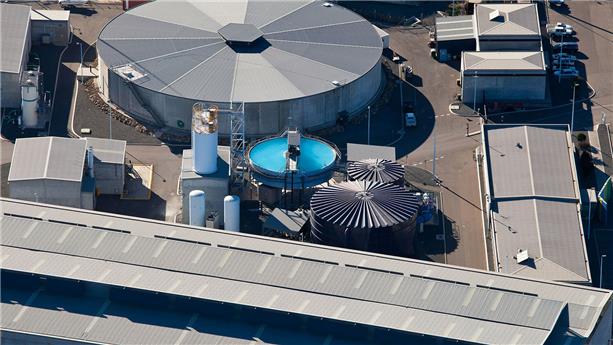
Your challenges, our solutions

Aquadvanced® Urban drainage

Recharging grounwater
Discover our solutions to preserve natural environments and ensure sustainable water management.
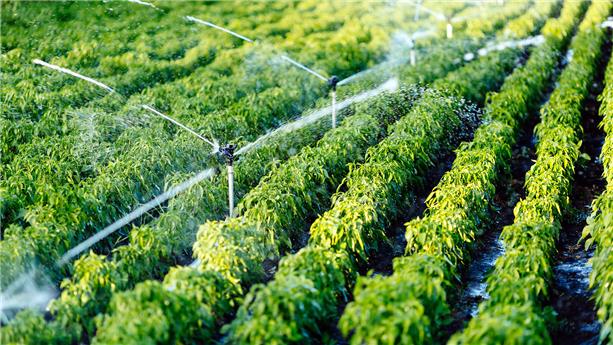
Reuse of treated wastewater
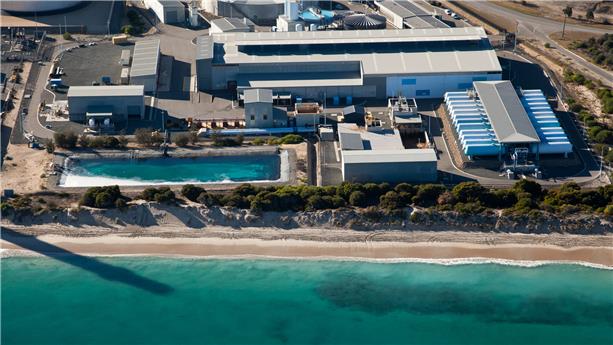
Desalination
